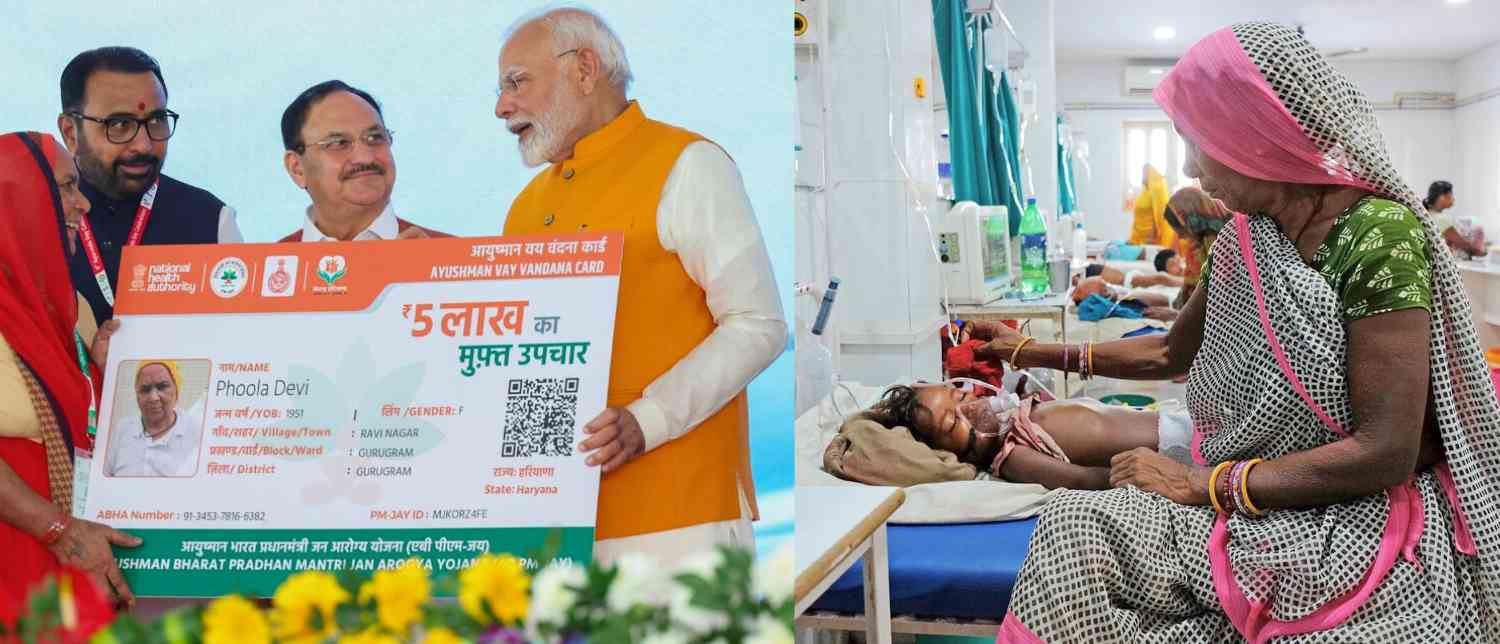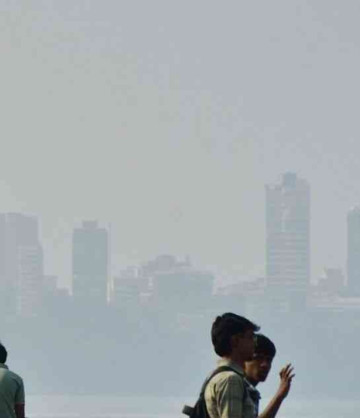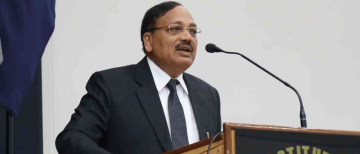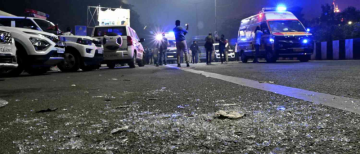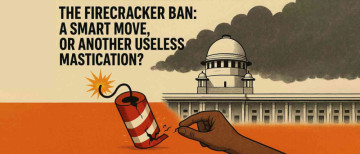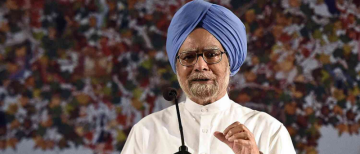India takes great pride in projecting itself as a country of rapid development. From building bullet trains to large-scale infrastructure and even spending vast amounts of money on statues and temples, the government likes to show the world an image of a rising power. But behind the grand announcements and glittering projects lies the uncomfortable reality of broken promises in something far more important than symbolism—healthcare.
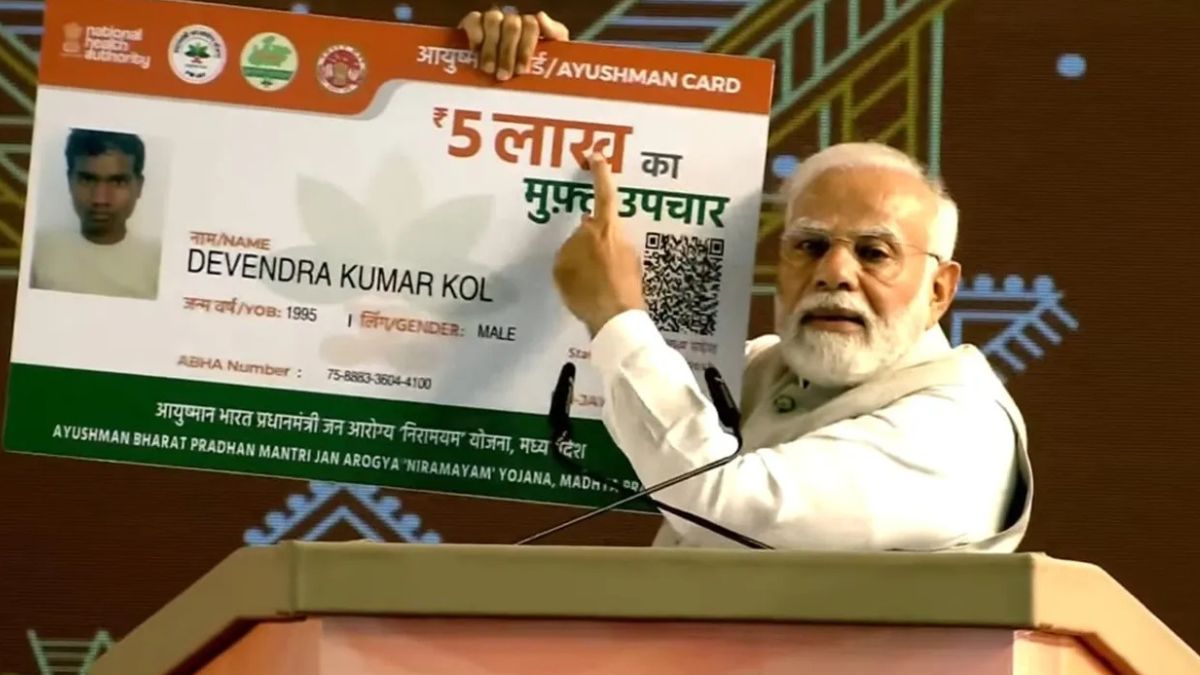
The latest crisis unfolding in Haryana around the Ayushman Bharat scheme exposes these cracks painfully. Private hospitals across the state have begun withdrawing from the flagship healthcare programme, citing unpaid dues running into hundreds of crores of rupees. For a scheme that was once sold as a “game-changer” meant to revolutionize healthcare for the poorest citizens, the current chaos tells a very different story.
What is Happening in Haryana?
At the heart of the current controversy are unpaid bills. Reports say that around ₹490–500 crore in bills to private hospitals under Ayushman Bharat remain unpaid in Haryana. That is not a small figure—it is nearly half a thousand crores.
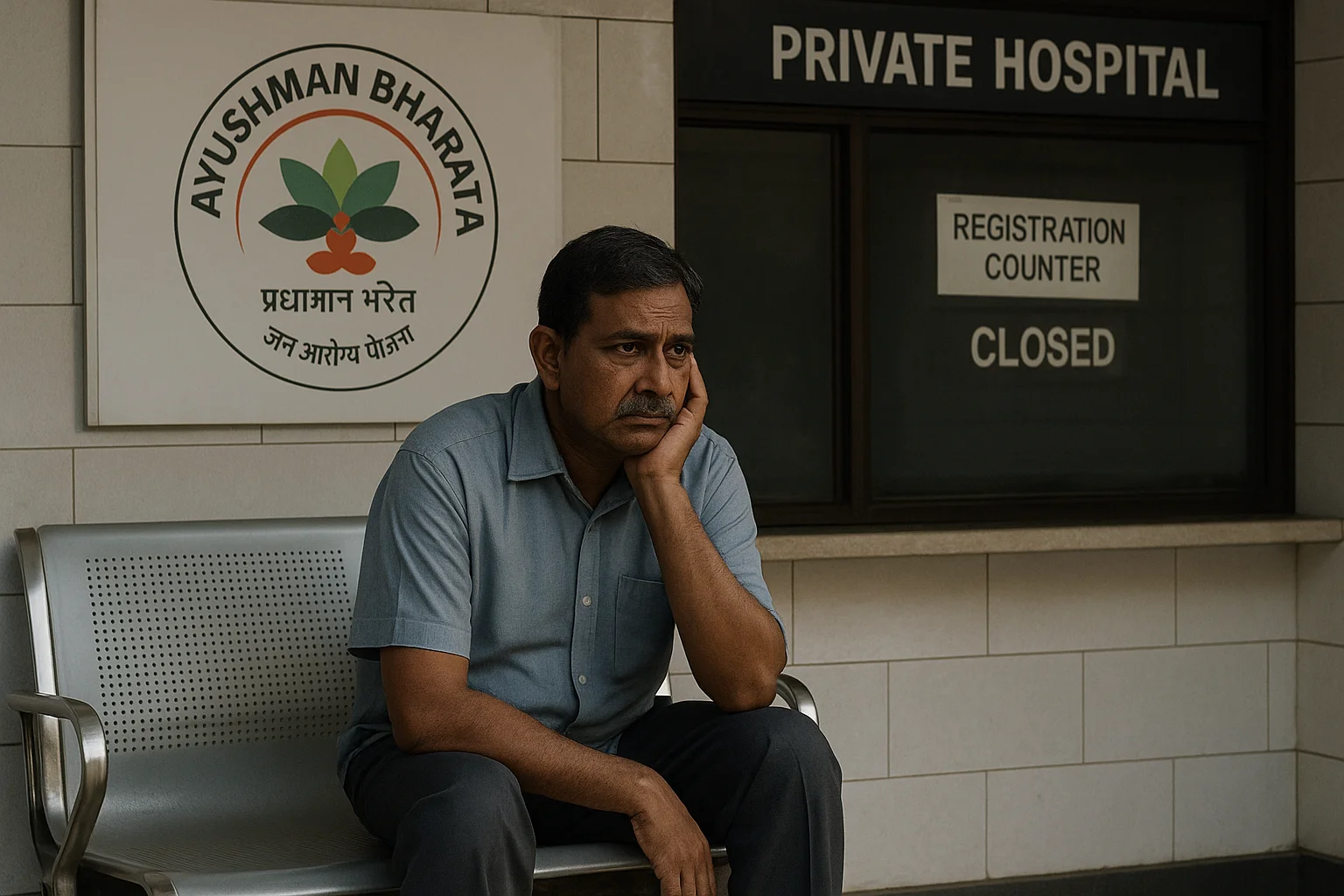
Due to this financial logjam, about 650 private hospitals across Haryana have stopped providing services under Ayushman Bharat. This means that poor patients who used to receive treatment under this policy are now being turned away from hospital doors. For families that depended on the scheme for life-saving operations, surgeries, or emergency treatment, this is nothing less than a disaster.
The Indian Medical Association (IMA), which represents doctors and hospital owners, has also raised its voice. According to the IMA, hospitals cannot continue offering free or subsidized treatment under Ayushman Bharat if the government does not clear their pending dues. Running a hospital involves heavy expenses—staff salaries, medicines, equipment costs, electricity, and more. If hospitals do not get reimbursed for the patients they treat, it becomes impossible for them to survive.
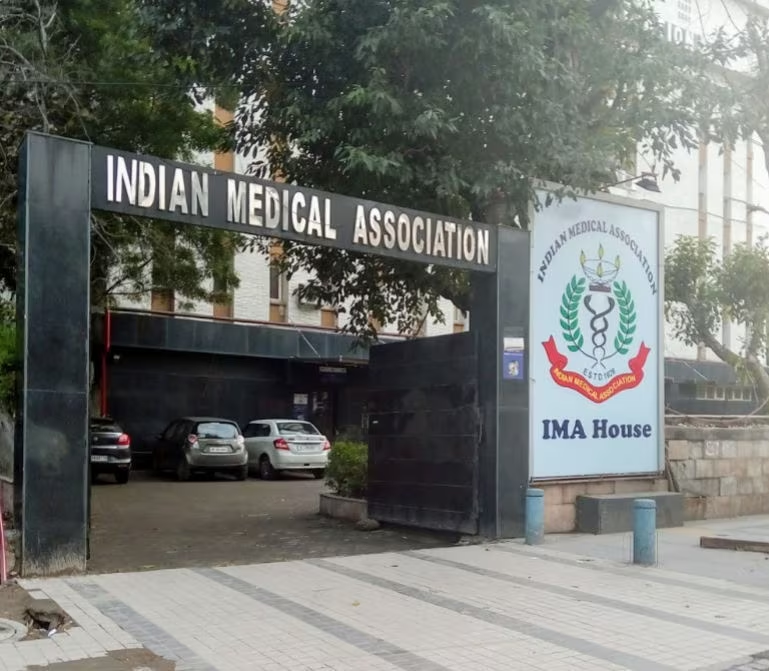
Even more frustrating for hospitals, they have reportedly received only a small portion of the payments owed to them since March 2025. That means for almost half a year, large sums have been stuck in government files. The Haryana government, for its part, has admitted the problem and says they are trying to release funds soon. But for the thousands of poor patients affected today, promises of tomorrow bring little relief.
The Patients Left Behind
The true victims of this crisis are not the hospitals. They are the poor patients who are suddenly left without access to affordable healthcare.
Imagine being a daily-wage worker who earns barely enough to feed the family. When such a person or their child falls seriously ill, private healthcare is usually unaffordable. That was the gap Ayushman Bharat sought to fill—providing free cashless treatment up to ₹5 lakh a year at empaneled hospitals.
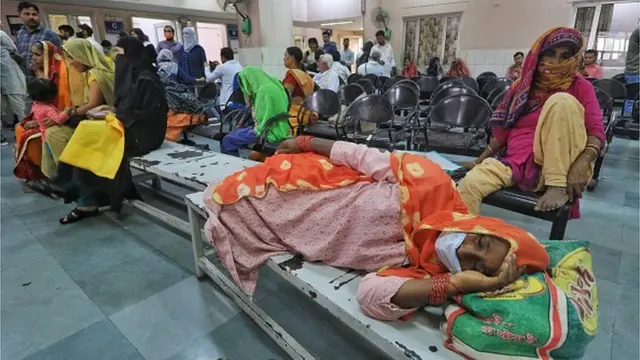
Now, with hospitals stepping back, these patients are left stranded. Government hospitals remain overcrowded, understaffed, and under-equipped. So where do these patients go? Either they give up on treatment altogether or borrow money at high interest rates—often falling into long-term debt traps. In some cases, lives will be lost unnecessarily only because a government failed to pay bills on time.
The Irony of Priorities
This crisis also shines a harsh light on the government’s spending priorities. Critics point out that while thousands of crores are readily available for building grand temples, statues, or event extravaganzas, basic healthcare obligations are ignored or endlessly delayed.
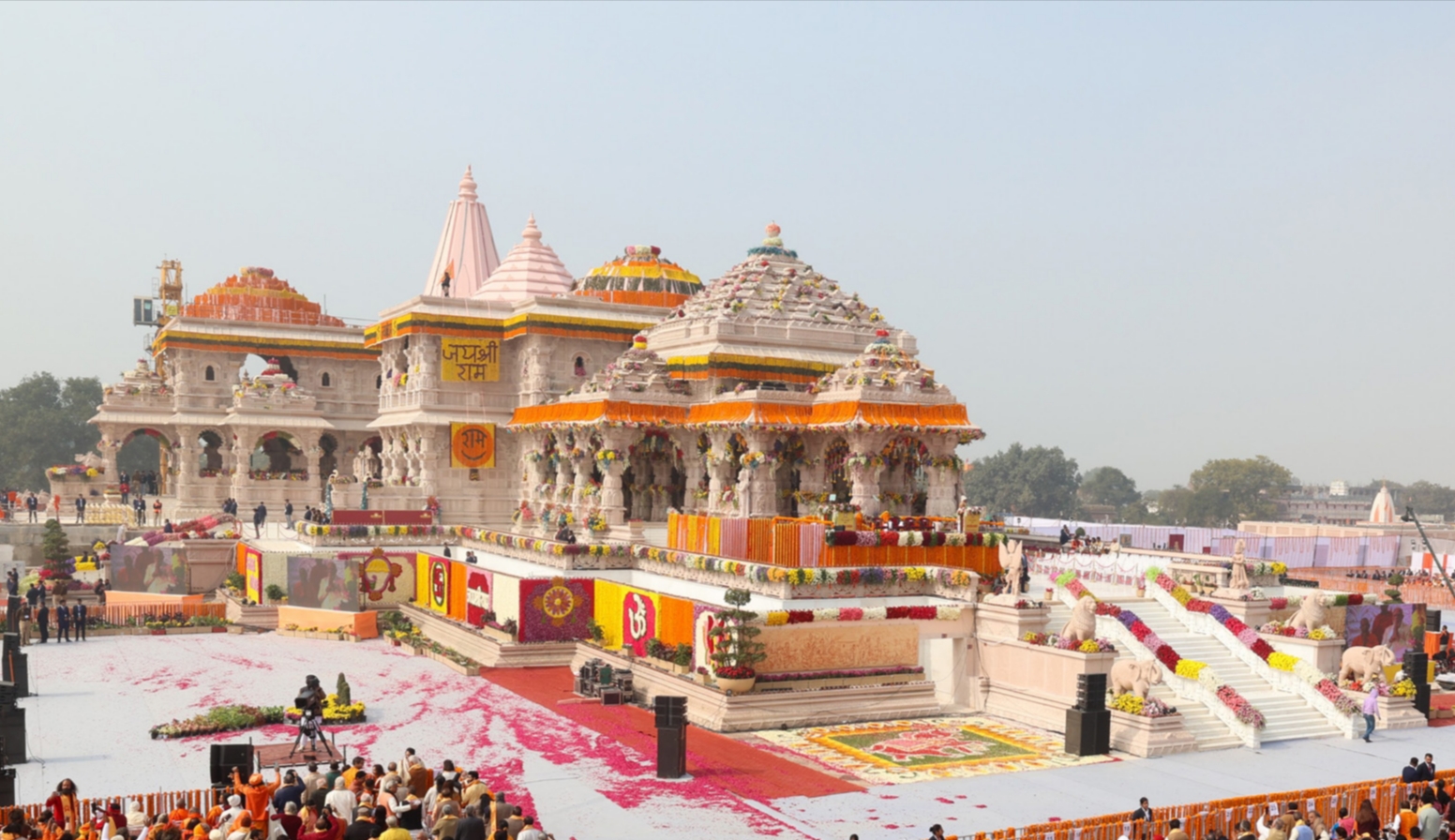
It reveals an irony at the heart of modern India: the government can mobilize funds overnight for political optics or religious symbolism but struggles to release life-saving funds for healthcare. Is this the “New India” that was promised? One that values spectacle over substance, and symbolism over the actual needs of citizens?
Health is not a luxury. It is fundamental. A nation that ignores its citizens’ health cannot dream of true progress, no matter how many temples or monuments it builds.
Why the Scheme Is Failing
The crisis in Haryana reflects broader systemic flaws in Ayushman Bharat. Let’s break them down:
-
Payment Delays: The scheme requires private hospitals to provide treatment and then wait for reimbursement from the government. But bureaucracy, red tape, and alleged mismanagement mean payments are delayed for months, sometimes years. Hospitals simply cannot wait forever.
-
Low Package Rates: Many hospitals have long complained that the rates fixed under Ayushman Bharat for surgeries and treatments are unrealistically low. Even the procedures that are reimbursed do not cover the actual costs. So, when payments are delayed on top of underpayments, hospitals face double losses.
-
Over-burdened Private Sector: India has one of the weakest government healthcare infrastructures compared to its population size. This makes the system heavily reliant on private hospitals for delivering Ayushman Bharat. But if private hospitals exit, the entire scheme collapses because government hospitals alone cannot handle the load.
-
Trust Deficit Between Government and Hospitals: Instead of treating hospitals as partners, authorities often blame them for “overcharging” or “fraudulent claims.” While fraud exists in some cases, punishing the entire sector with delayed payments only worsens the trust deficit.
What This Means for India’s Larger Healthcare Dreams
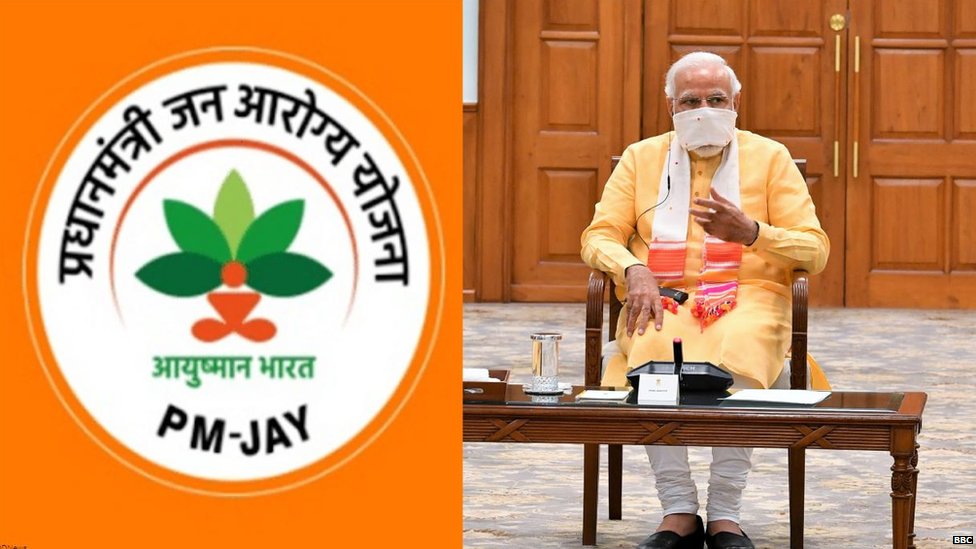
Ayushman Bharat was launched in 2018 with much fanfare. Prime Minister Narendra Modi declared it the world’s largest government-funded healthcare scheme, aiming to cover over 50 crore Indians. The promise was ambitious and uplifting. The reality in 2025, however, is far less inspiring.
When hospitals exit, trust erodes not just in this scheme but in all government social programs. Poor families lose confidence in the system. More importantly, it creates a dangerous divide: healthcare becomes accessible only for those with money, while the poor are left to scramble for whatever is left in public hospitals.
This is not just a healthcare failure—it is a social justice failure. It deepens inequality in a country already struggling with massive economic divides.
Voices from the Ground
-
Doctors & Hospitals: They say, “We are being forced to shut out poor patients, not because we want to, but because the government has left us no choice. How do we pay staff salaries and buy medicines without funds?”
-
Patients & Families: A laborer in Haryana who rushed his wife to an empaneled hospital was allegedly turned away because Ayushman Bharat services had been suspended there. For him, it is not about policy debates but about life and death.
-
Government Response: Officials say, “We are aware and working on releasing the funds soon.” But the delay between words and action is too wide.
The Political Dimension
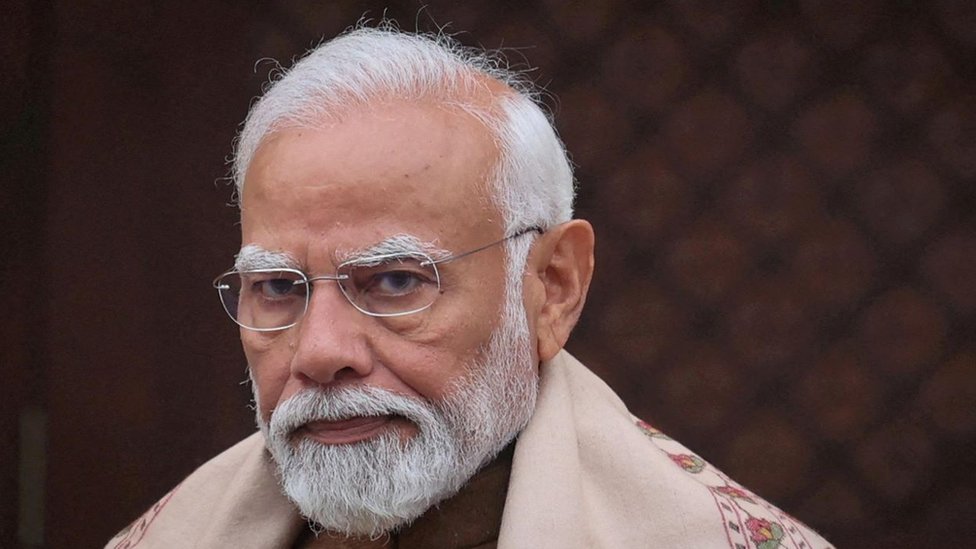
Healthcare crises are never just about health—they are about politics too. In the run-up to elections, governments love to showcase schemes like Ayushman Bharat to prove their compassion for the poor. But what happens when the same poor people discover that the promises are hollow?
If thousands of families in Haryana, and possibly other states, are unable to get treatment due to non-payment of hospital dues, it directly erodes the government’s credibility. Opposition parties are already pointing out that the government spends more time on temples, statues, and political campaigns than on ensuring timely healthcare payments.
The Way Forward
This crisis, while painful, can also be seen as a wake-up call. If the government truly values Ayushman Bharat as a flagship programme, it must take urgent steps such as:
-
Clear Pending Payments Immediately: Hospitals must be paid their dues within a fixed and transparent timeline. No scheme can survive if the implementing partners lose trust.
-
Revise Package Rates: Medical costs have risen sharply. The government must update package rates to make them realistic and sustainable for hospitals to provide quality treatment.
-
Strengthen Public Hospitals: Reliance solely on private hospitals is short-sighted. Government hospitals must be upgraded with better facilities, equipment, and staff so they can carry a larger share of the load themselves.
-
Transparency in Fund Allocation: Citizens deserve to know why funds for healthcare get delayed while money for non-essential projects moves fast. Open accountability is the first step toward restoring faith.
-
Institutional Oversight: Instead of blame games, there should be an independent body to settle disputes quickly between hospitals and government agencies.
Choosing Between Optics and Essentials
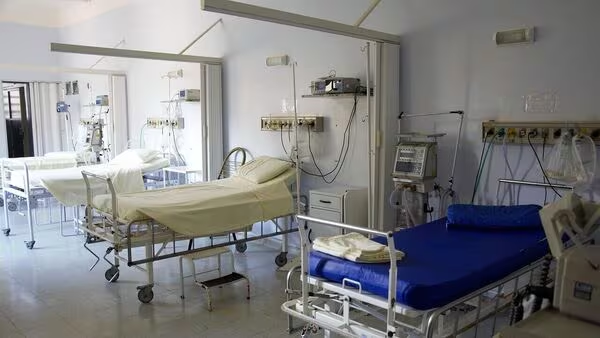
The story unfolding in Haryana is not just about unpaid bills. It is about priorities. When a government proudly announces the inauguration of huge religious centers but cannot pay ₹500 crore for patients’ treatment, something is deeply wrong with how the country defines development.
India cannot become a “Vishwaguru” by neglecting healthcare at the grassroots. True greatness comes not from temples or monuments but from ensuring that no citizen is denied treatment because their government failed to clear bills.
Ayushman Bharat was built on hope and trust. Right now, both are in danger. If the government does not act quickly, the scheme may collapse in reality, surviving only in speeches and advertisements. And what a tragedy that would be—for millions of poor Indians who believed healthcare was finally within their reach.
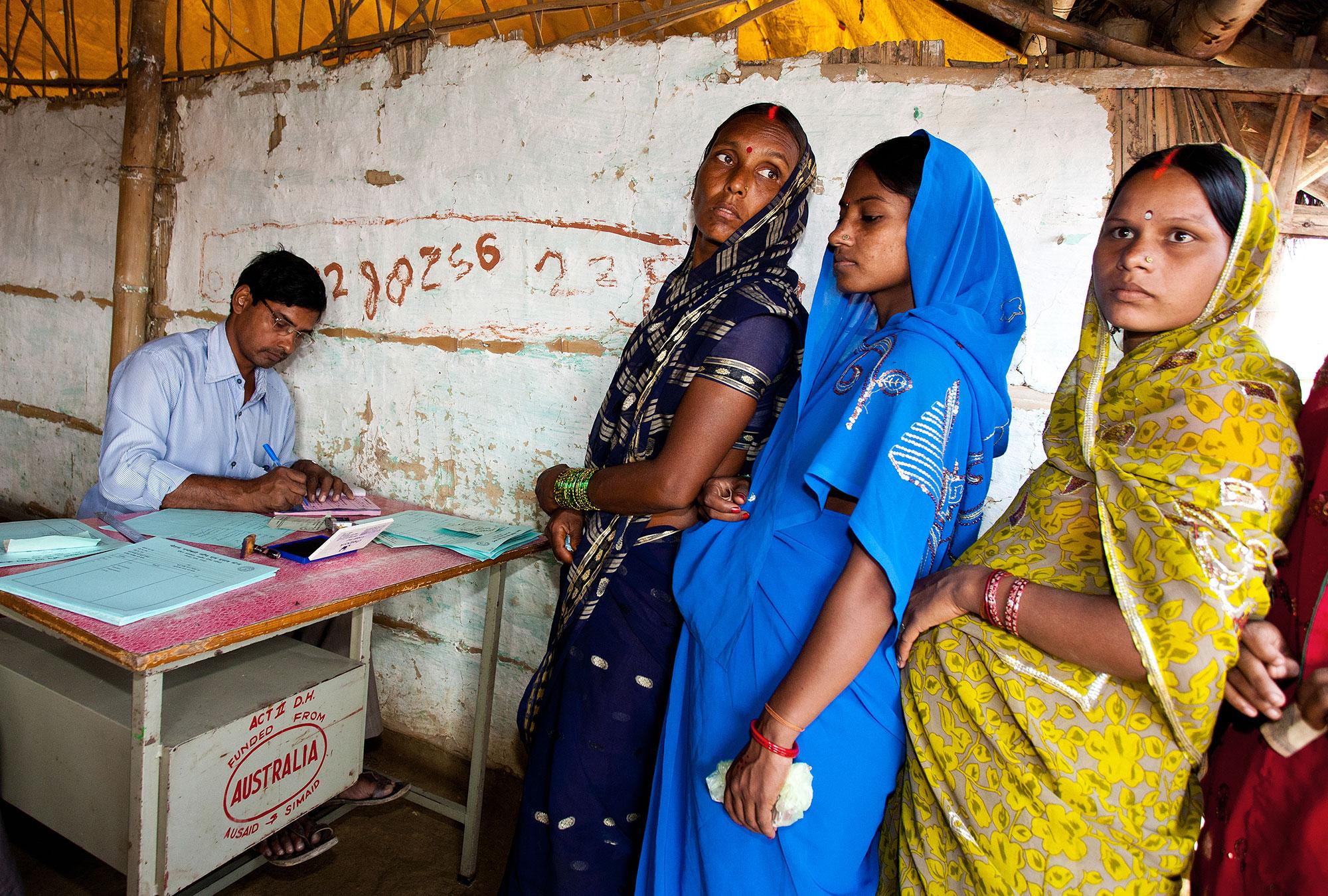
Healthcare is not charity. It is a right. And governments that fail to honor this right betray their own citizens. The Haryana episode should serve as a warning—not just for one state, but for all of India. Will the country choose optics and temples over life and hospitals? The answer to that will define the moral character of India in the years to come.
With inputs from agencies
Image Source: Multiple agencies
© Copyright 2025. All Rights Reserved. Powered by Vygr Media.

